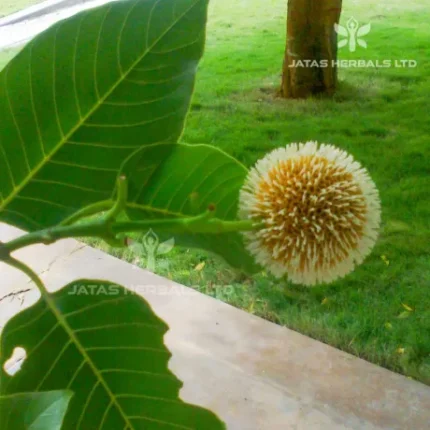Changeri is described in the Brihat Trayi among the vegetable category. But it is found to be extensively used and included in the Amla varga dravyas of Rasa Sastra. Caraka and Sushruta have high-lighted its utility in Grahani and Arsas.
Controversial Studies–Though Bhavamishra denoted Changeri, Cukrika, Dantasatha, Ambashtha, Amla Lonika etc., as the synonyms, Changeri and Cukrika are described as different herbs in the CCIM syllabus. Dalhana quoted and herb Sunishanna which is similar to as Siravalika i.e.; Celosia argentia Linn. (Amaranthaceae). Bapalal considered Sunishannaka as Marselia quadrifolia. Therefore all there plants appear to be different. Cukrika is identified as Rumex vesicarius Linn. Some consider Oxalis acetosella Linn as Changeri.
Note– The author is of the opinion that Marselia minuta is the original Changeri since Catushpatri is the common synonym used by all the Acharyas. Its Hindi names is also chaupatira.
Botanical Description–An appressed-pubesent, diffuse, perennial, creeping herb. Leaves- palmately 3- foliolate, long-petioled, stipulate; leaflets obcordate. Flowers-yellow, borne in 2-8 flowered umbelliform inflorescence. Fruits- subcylindric. Tomentose or glabrous, 5-angles capsules. Seeds- numerous, transversely ribbed, dark-brown. (Flowers round the year, but mostly during Sept.-Oct.).
(Note:–Leaves of Marselia minuta are quadrifoliate and may be it is the real source of Catu¦patr¶ but not Oxalis corniculatus)
Major chemincal constituents– Malic acid, tartaric, citric acids, vitexin, isovitexin etc.
Part used– Whole plant, leaves
Dosage– Fresh juice 5-10 ml.




Reviews
There are no reviews yet.